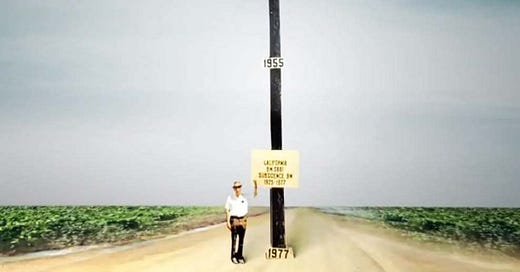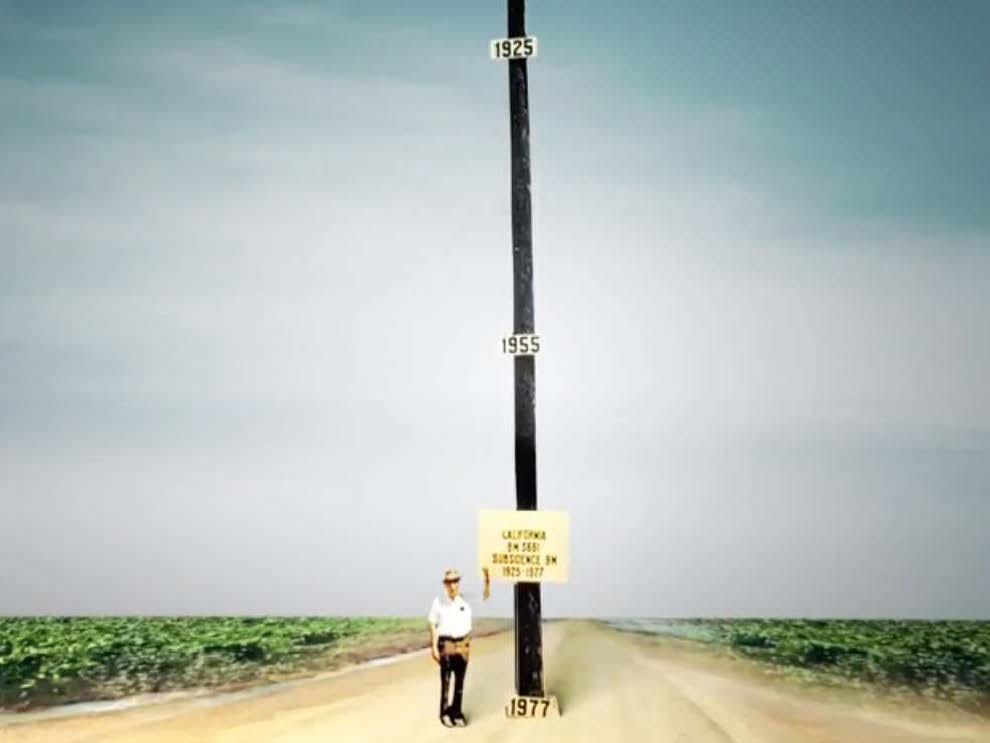Climate change is even affecting water deep underground
The science has been coming in for a while. Our groundwater is warming along with the rest of the planet.
I was surprised, but only so much, when I was researching for The Green Dispatch and found that climate change is affecting the foundations of our buildings. It makes sense. Climate change is so profound and pervasive that it stands to reason that even our buildings can be affected by this warming world.
Similarly, it can seem surprising to find out that even the groundwater deep within the earth is being affected by climate change, but it is. This is ultimately quite consequential. Around the world, groundwater is the most important source of drinking water and a major source of water for irrigation.
Before considering climate change, we have already profoundly altered aquifers by overdrawing water from them for at least the last 100 years. This results in increased energy use and higher costs. As the water in the wells drops, it takes more energy and higher costs to pump the remaining water out of the ground. Trees die because their roots cannot reach their dwindling water supplies. As underlying rock loses water, it collapses, resulting in subsidence of the land. The water in the Central Valley of California has been pumped out so much that the land has subsided by dozens of feet.
Global heating is exacerbating our overdraft problems. Warming temperatures are reducing the amount of water making it into aquifers in the first place. After it rains or snows, warmer temperatures evaporate water more quickly, leaving less water to filter into the ground.
In a study of this phenomenon, researchers simulated a global mean warming over the continental United States in computer models. (This takes into account that some areas would actually cool under the atmospheric interactions of these scenarios.) After projecting what would happen with their models over four years, they found that the U.S. would lose 119,000, 167,000, and 324,000 million cubic meters of groundwater under the three warming scenarios: 1.5, 2, and 4 degrees Celsius, respectively. (For reference, the authors point out that these losses are between four and 10 times the volume of Lake Powell.)
Global warming is also warming groundwater
A few studies from 10 years ago noted that underground water temperatures were increasing along with increasing overall temperatures of local weather and land surfaces. Scientists reason that warmer rain and surface water increase the temperature of groundwater as it percolates into the earth. Warming could also be due to direct warming of the Earth reaching farther and farther down into the ground.
Groundwater underlying cities is warming at a greater rate than water in other aquifers due to the urban heat island effect, the tendency for cities to be warmer than the surrounding countryside. Heat is also generated in cities because of transportation, heating of buildings, and other sources. For more detail on this urban warming, you can check out my posting on global warming and building foundations here.
It may seem inconsequential that groundwater is a couple degrees warmer than it has been, but just a slight increase in the temperature of the water under our feet can increase the number and activity of microbes. This is not an immediate problem for municipal water systems that filter and treat their water, but it can affect the more than 40 million Americans who pump their drinking water from wells.
The increased microbial activity can lead to an increase in the amount of ammonia in the groundwater, as well as an increased production of methane, which is a greenhouse gas 28 times more powerful than CO2. More microbes means the depletion of oxygen as well as altering the pH of underground water, making it more acidic. All these changes affect the taste of well water. And these changes have an amplifying effect, further altering the microbial life in aquifers, which further exacerbates the changes already put in motion by the initial warming.
More acidic groundwater eats away at the underlying rocks, infusing the water with more minerals, which can be undesirable and unhealthy in drinking water, particularly when it comes to things like asbestos and certain heavy metals.







Hmm. My groundwater already has 10 times the max dissolved solids in it recommended to be ok for drinking. I need to get my well water tested again! Thanks!